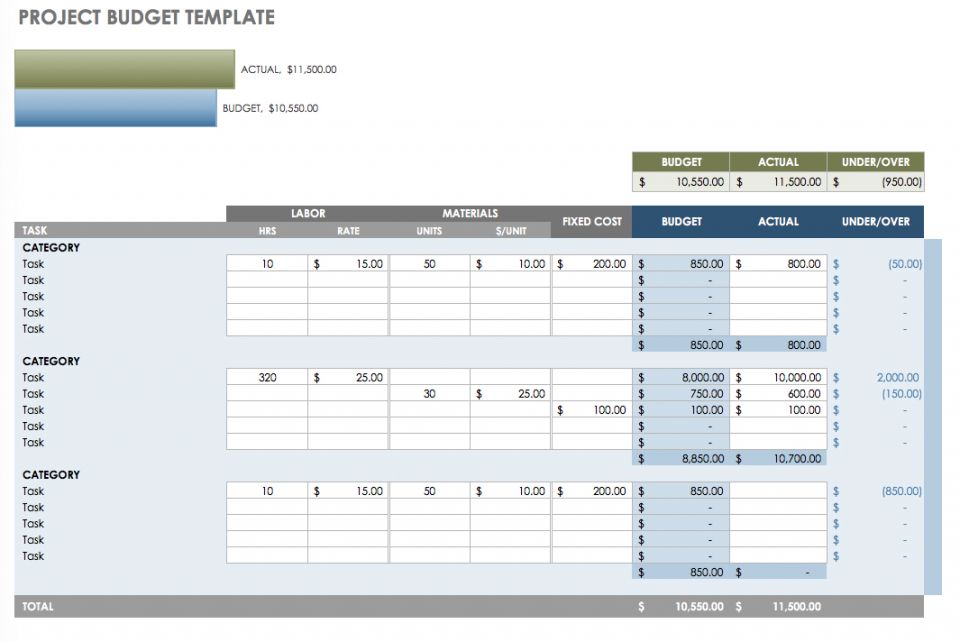The charterers submitted that the delay in procuring a berth for the Vessel was due to a reason beyond their control (delay having been caused by rejection of the vessel's tanks between 2 and 5 December 2000) and therefore, none of the lost time should count against laytime or demurrage.

In the calculation of demurrage amount payable to shipowner, demurrage rate is multiplied by the number of days or part of day in excess of the agreed laytime. For example:
- In commercial shipping, laytime is the amount of time allowed in a voyage charter for the loading and unloading of cargo. Under a voyage charter or time charter, the shipowner is responsible for operating the vessel, and the master and crew are the employees of the shipowner, not the charterer. However, once the vessel has 'arrived' at a port the chart.
- Introduction and Objectives The objective of the Laytime program is to provide owners, charterers and operators with the means to prepare laytime statements rapidly and accurately. The first version of Laytime was released early in 1989 and it is now widely used in many countries for both the dry cargo and tanker trades.
- 'PER HATCH PER DAY' shall mean that the laytime is to be calculated by dividing (A), the quantity of cargo, by (B), the result of multiplying the agreed daily rate per hatch by the number of the vessel's hatches.
- The Shipping System: Laytime Calculation is developed by Burmester & Vogel. The most popular versions of this product among our users are: 7.0 and 8.1. The names of program executable files are BVLay.exe, BVLicUpd.exe. The product will soon be reviewed by our informers.

- Total Laytime Allowed 11 days
- Demurrage Rate $60,000 per day pro rata (PDPR)
- Ship exceeded laytime allowed for loading and discharging by 4 days 6 hours 30 mins
- Demurrage Payable =4d 6h 30m x $60,000 per day =4.27083 days x $60,000 = $256,250
In order to arrive at the number of days on demurrage, a calculation of the time in port must be made making reference to the time allowed (laytime) and whether time is counting or whether it is an exception and does not count. Demurrage calculation is similar to using a stopwatch in that the clock will continue to run until there is a qualifying exception and the time will stop. Therefore, in any charter-party it is important to know exactly when the agreed laytime has expired as the ship, from that point, ship will be on demurrage.
Laytime Calculation Sheet
‘Once on Demurrage, Always on Demurrage’ phrase is sometimes overused and often misleading. It is crucial to note that the rules for the stopwatch change when a ship is on demurrage and careful attention must be paid to the detail of the specific charter-party when this happens.
The Shipping System Laytime Calculator Free Download
General rule is that express exceptions to laytime do not apply to demurrage unless there is clear wording in the charter-party to that effect. Theoretically, the clock does not stop running once the ship has gone on demurrage,
For example, Asbatankvoy – Clause 7 last sentence reads as follows: Time consumed by the ship in moving from loading or discharge port anchorage to her loading or discharge berth, discharging ballast water or slops, will not count as used lay time. If the ship was moving from the anchorage to the berth and the laytime at that time had not been used up then time will not run during the period of moving to the berth. On the other hand, if lay time had expired and the ship was on demurrage then time would continue to run for such an event and the owner is entitled to demurrage for this time.
Great care must be taken over the wording of the charter-party for events which interrupt laytime to apply to demurrage.
Free Laytime Calculation
Demurrage would not run where there is a fault on the part of the shipowner. For example, a ship breakdown, as shipowner should not be able to profit (paid for demurrage) for his own breach of contract. General exceptions clauses will not apply to demurrage unless the wording specifically supports this. Time on demurrage ends at the same time as laytime would have done, such as when completion of cargo operations in dry bulk market or when disconnection of cargo hoses in the tanker market.



